In the heart of Buon Ma Thuot, the coffee capital of the Central Highlands, there is a fascinating construction: Dak Lak Museum - not only a cultural destination, but also a place to preserve memories, telling the story of the land and people of the Central Highlands through each artifact, each architectural layer, each exhibition space.
The intersection between tradition and modernity
Dak Lak Museum is designed in the shape of the traditional long house of the Ede people - a typical cultural symbol of the Central Highlands. But instead of being made of wood and bamboo, the construction is built of concrete, assembled with glass and reinforced with sturdy alloys. The museum stands out with contrasting colors such as white, black, brown... creating a space that is both luxurious and classic, attractive.
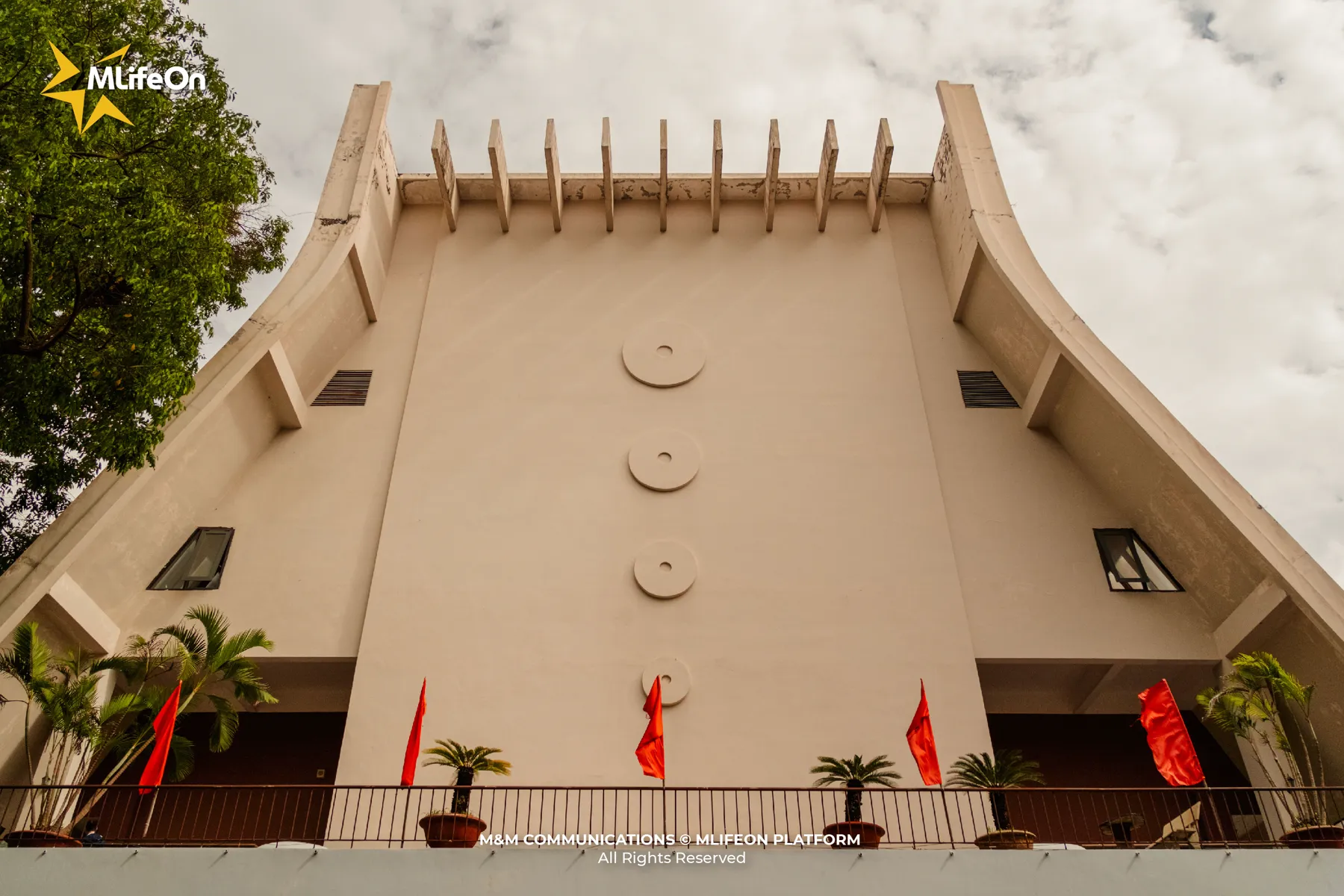
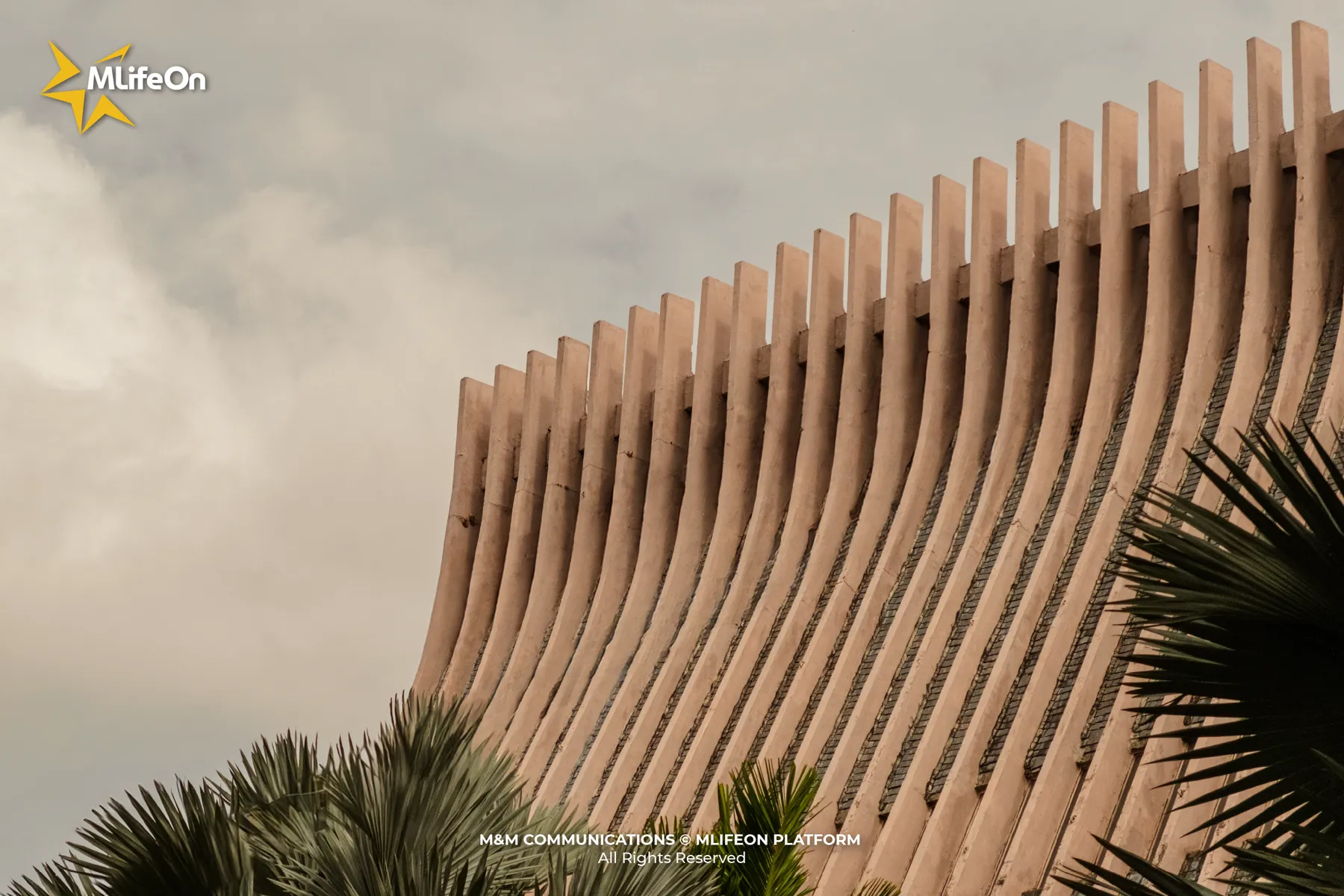
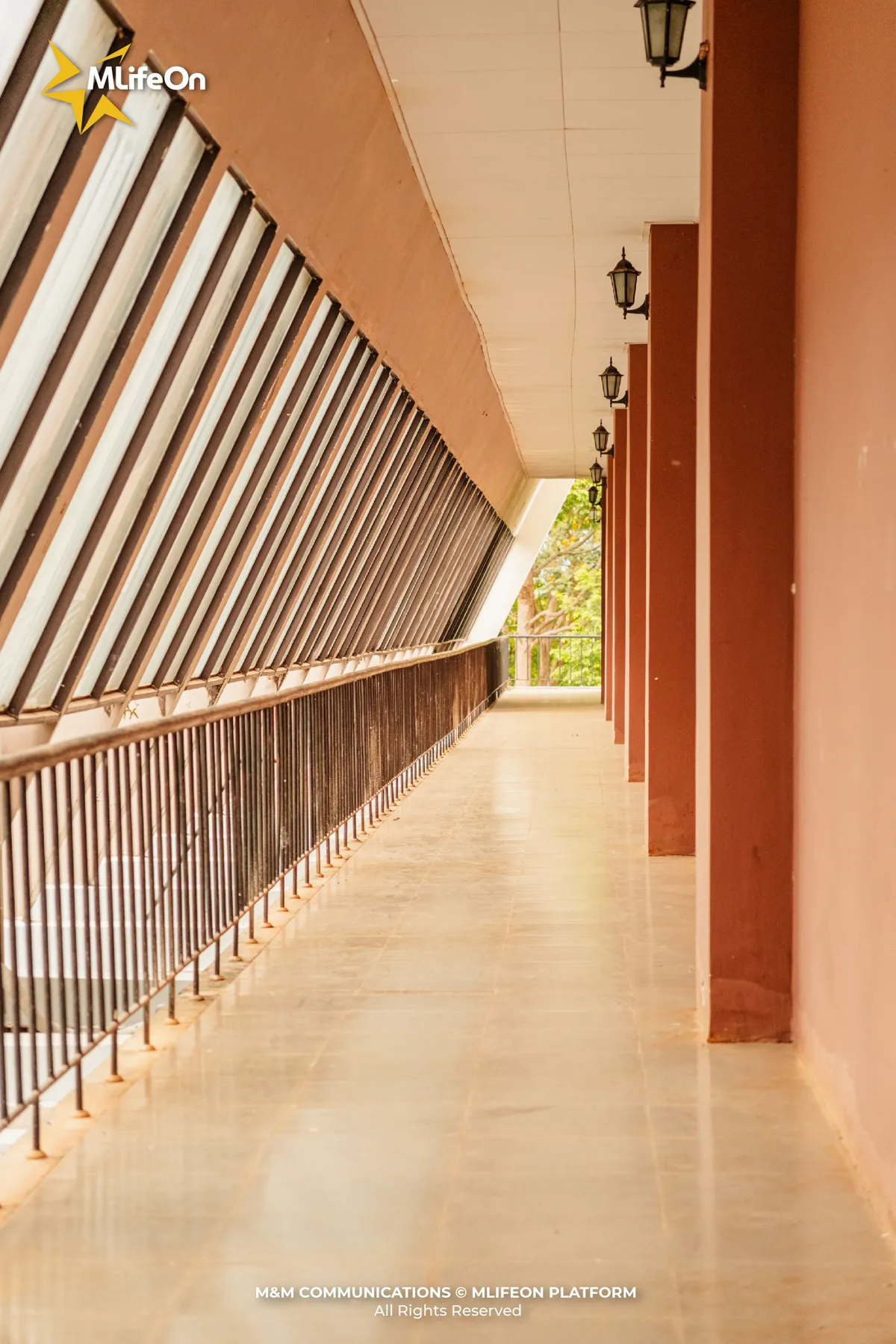
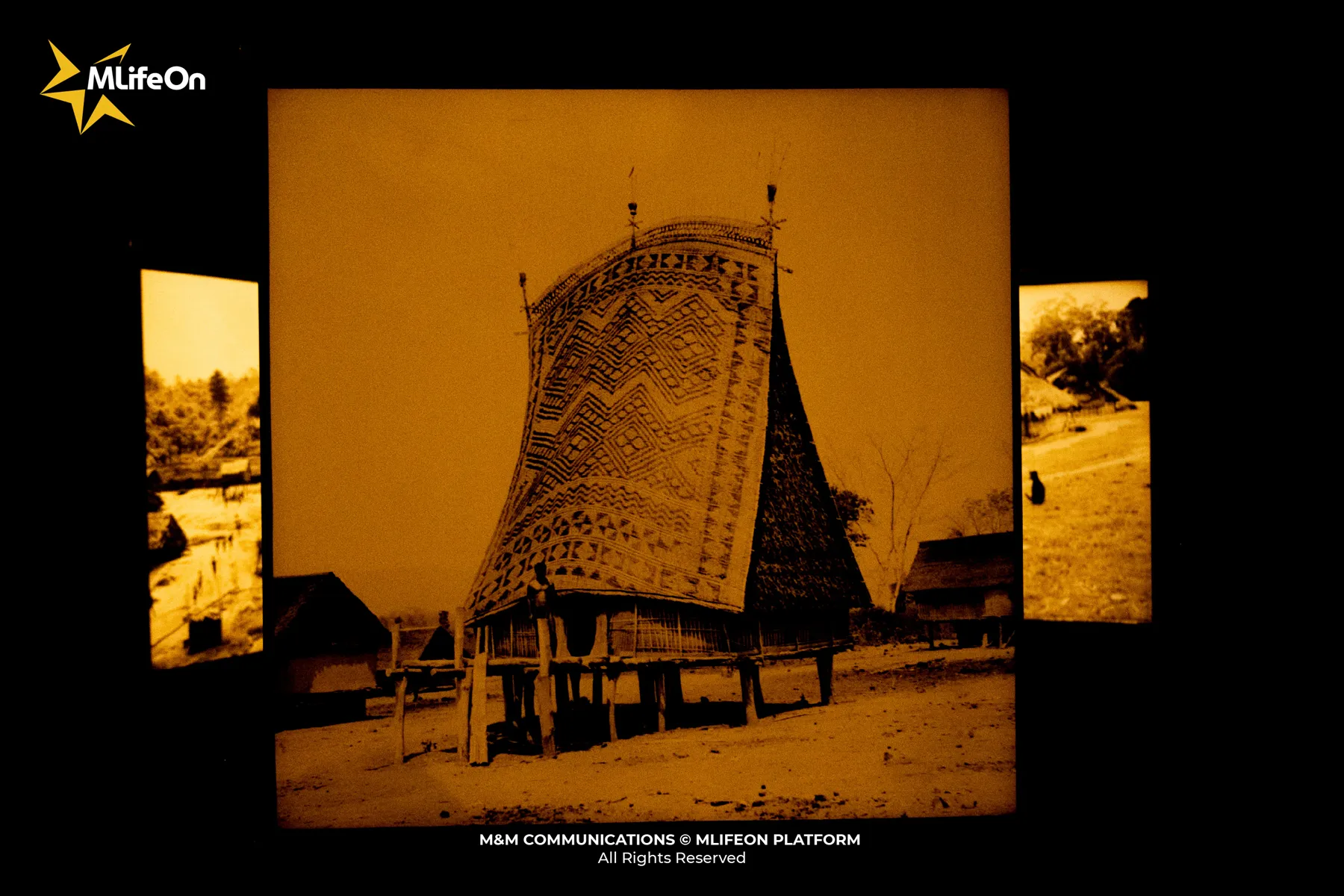
With a length of up to 130m, 65m wide, the project is located on a 9,200m² land area, surrounded by green grass and trees. So when you set foot in the museum grounds, you will immediately feel the airy, pleasant atmosphere - like walking in the middle of a miniature cultural forest in the heart of the mountain town.
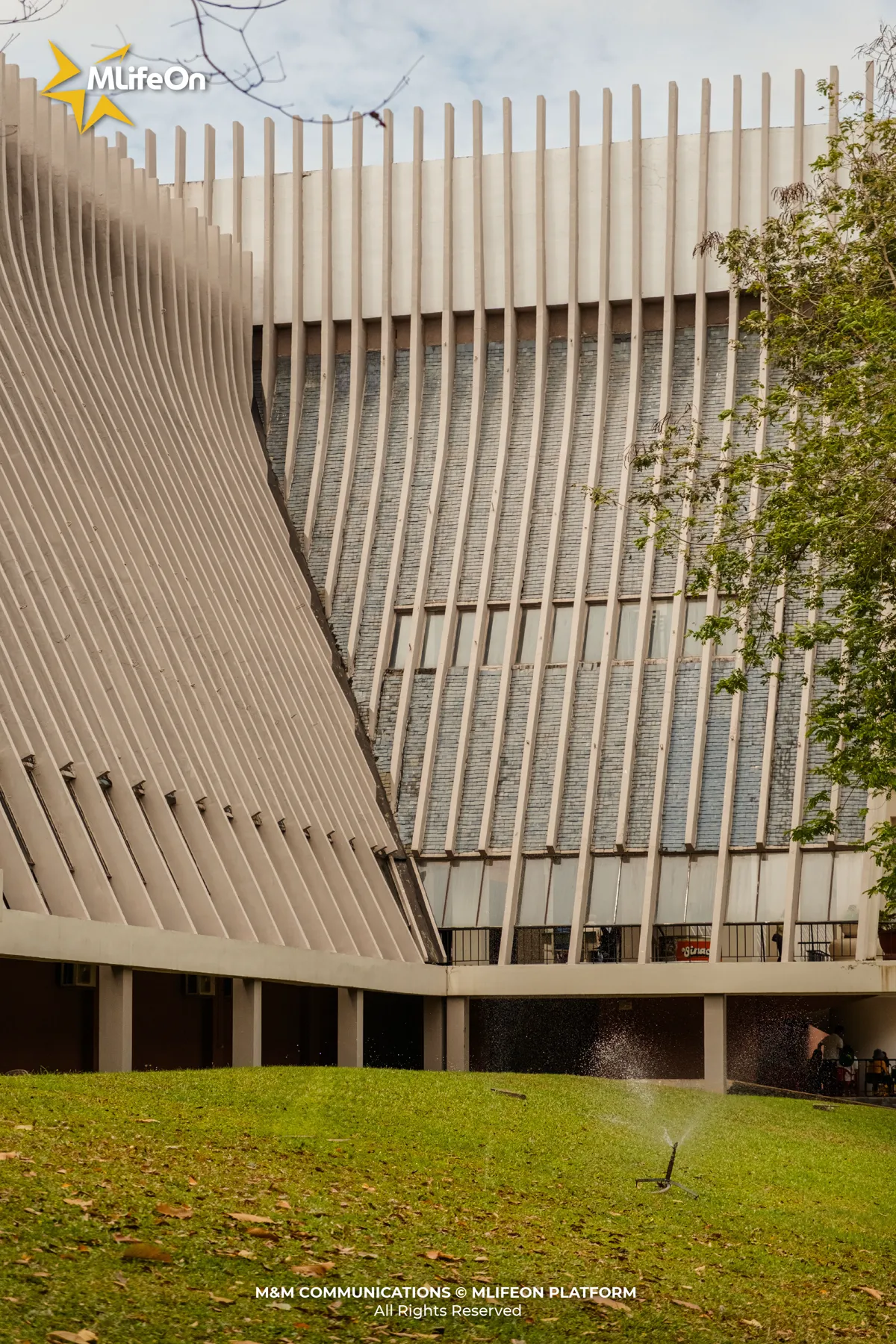
Slices of the Central Highlands
Dak Lak Museum currently holds more than 10,000 artifacts, of which more than 1,000 are typical items selected and regularly displayed. The space is divided into three main areas:
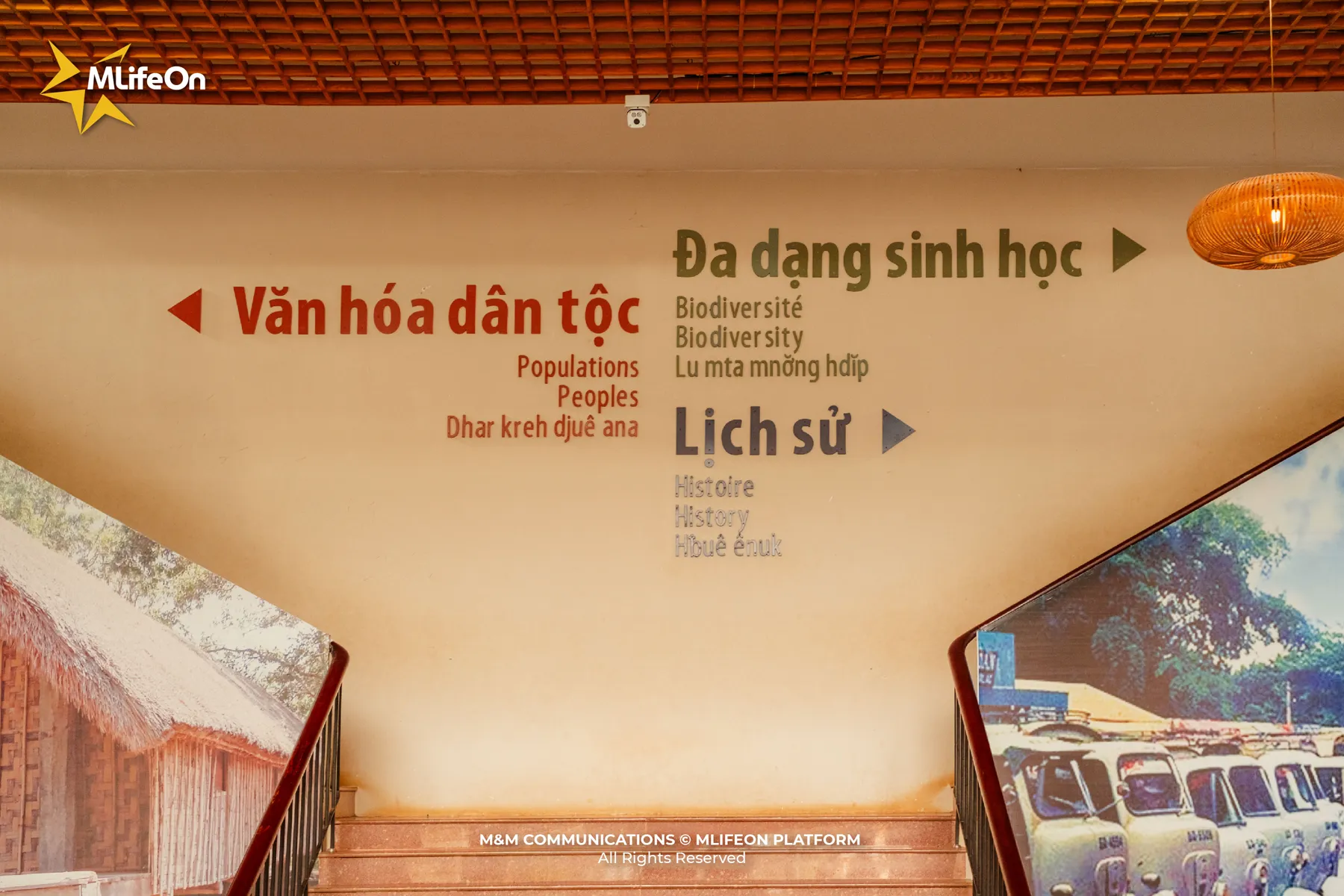
The museum is divided into three main areas.
Biodiversity Area
With an area of about 350m², this area recreates the rich ecosystem of the Central Highlands: from precious woods such as yew, rosewood, flat-leaf pine... to rare animals, traditional medicinal plants, soil and typical landscapes.
Ethnic cultural area
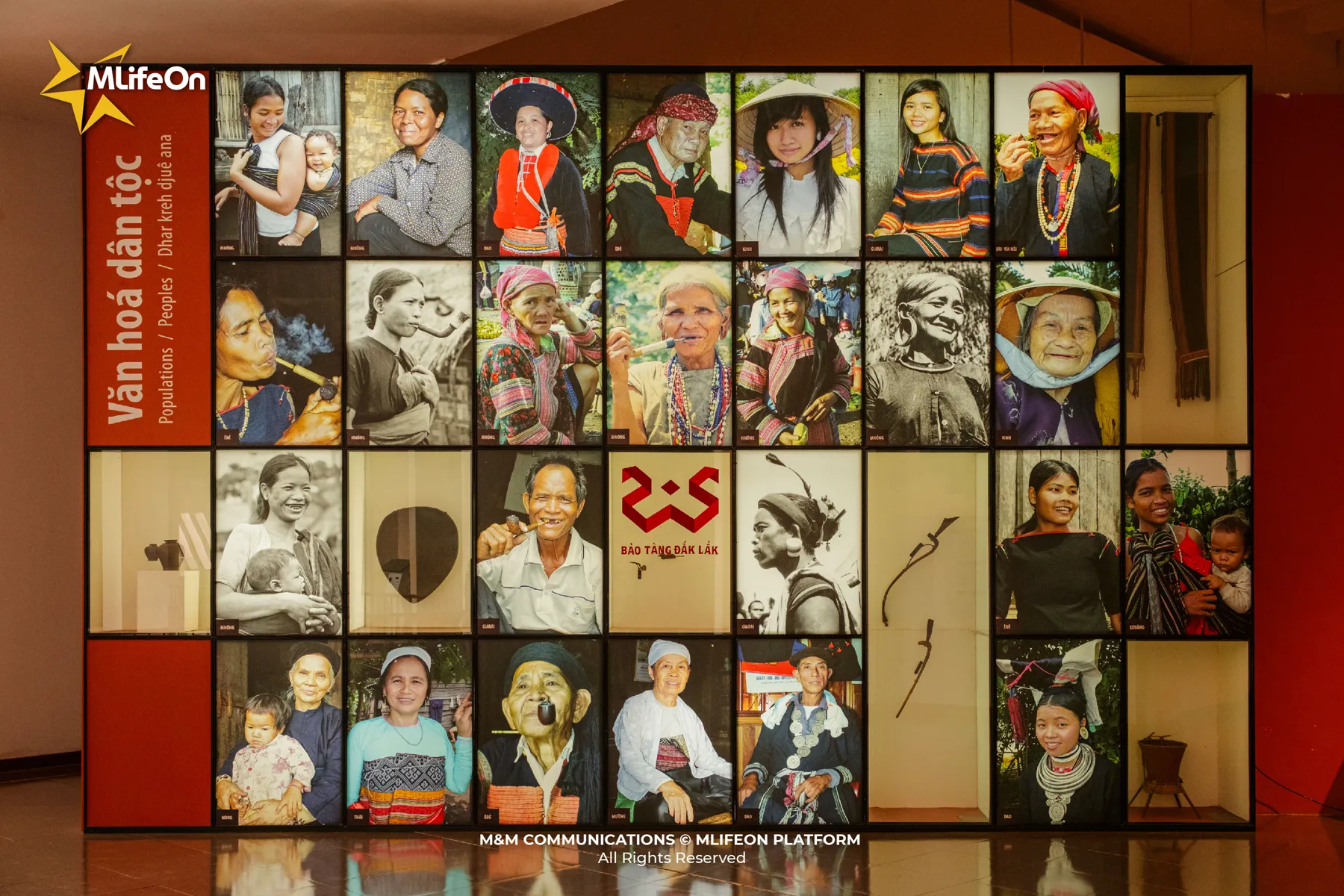
Occupying an area of 700m², this area introduces the life of indigenous ethnic groups such as Ede, M'nong, Giarai... with more than 450 artifacts: baskets, dugout canoes, benches, costumes, gongs, lithophones, tomb statues...
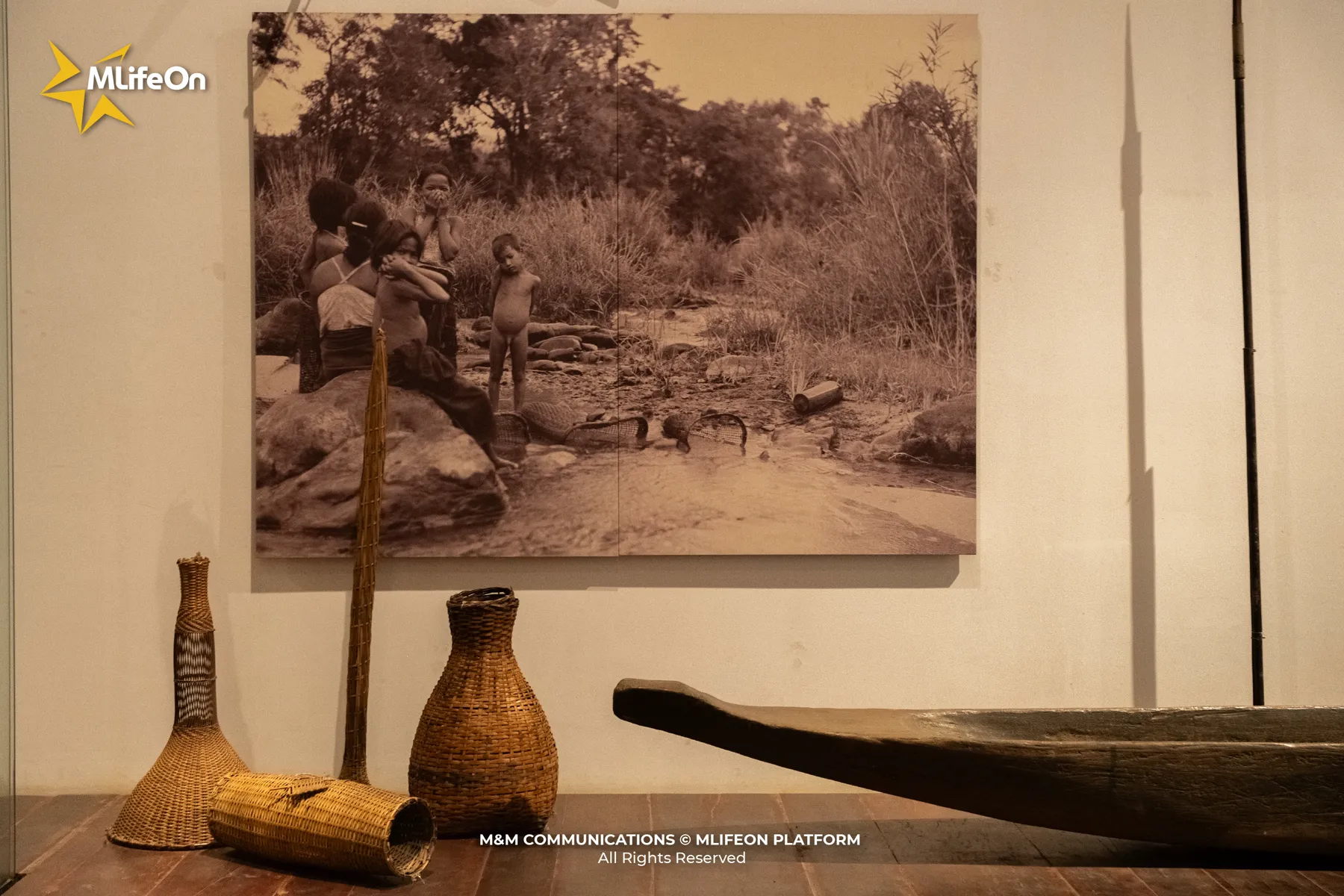
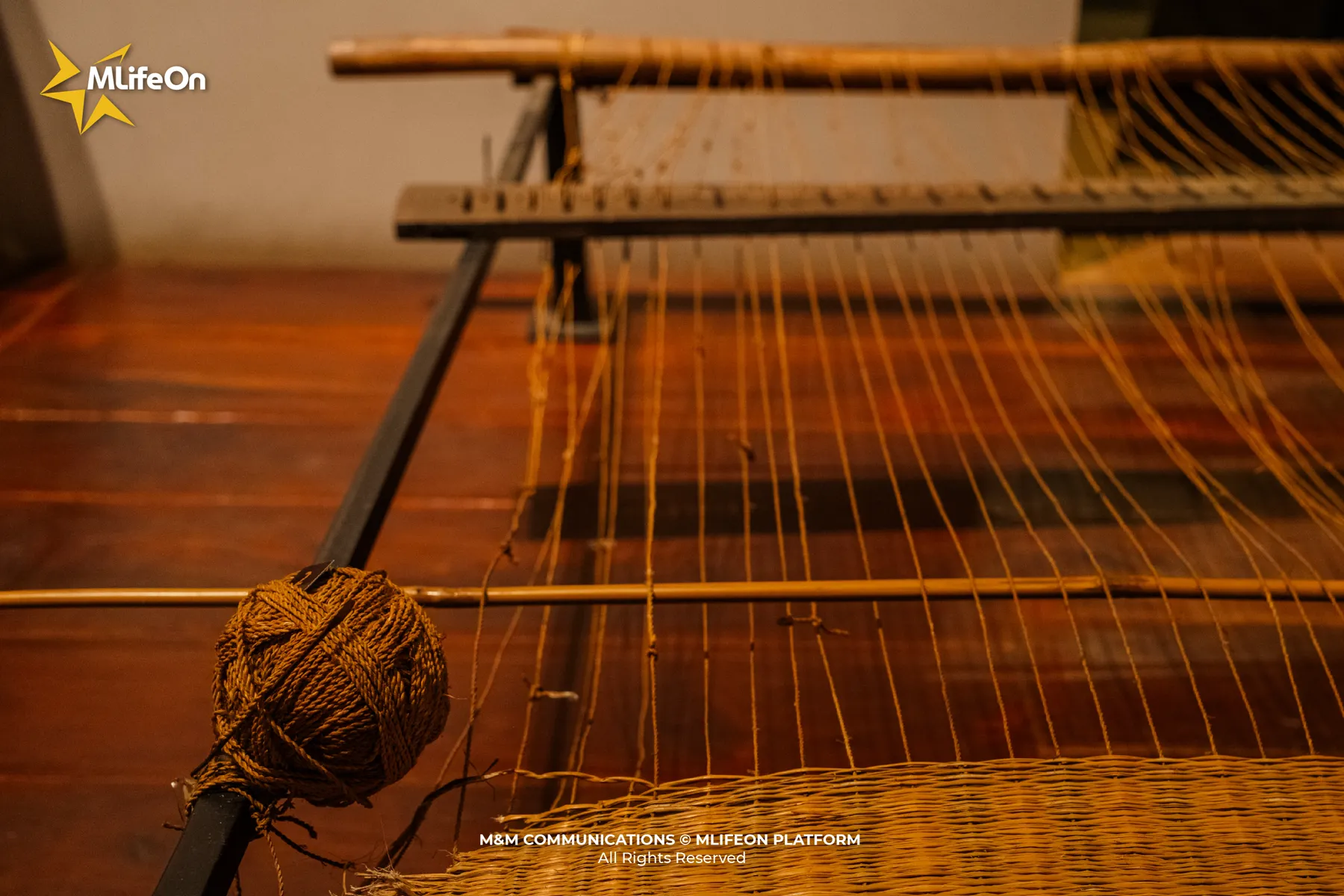
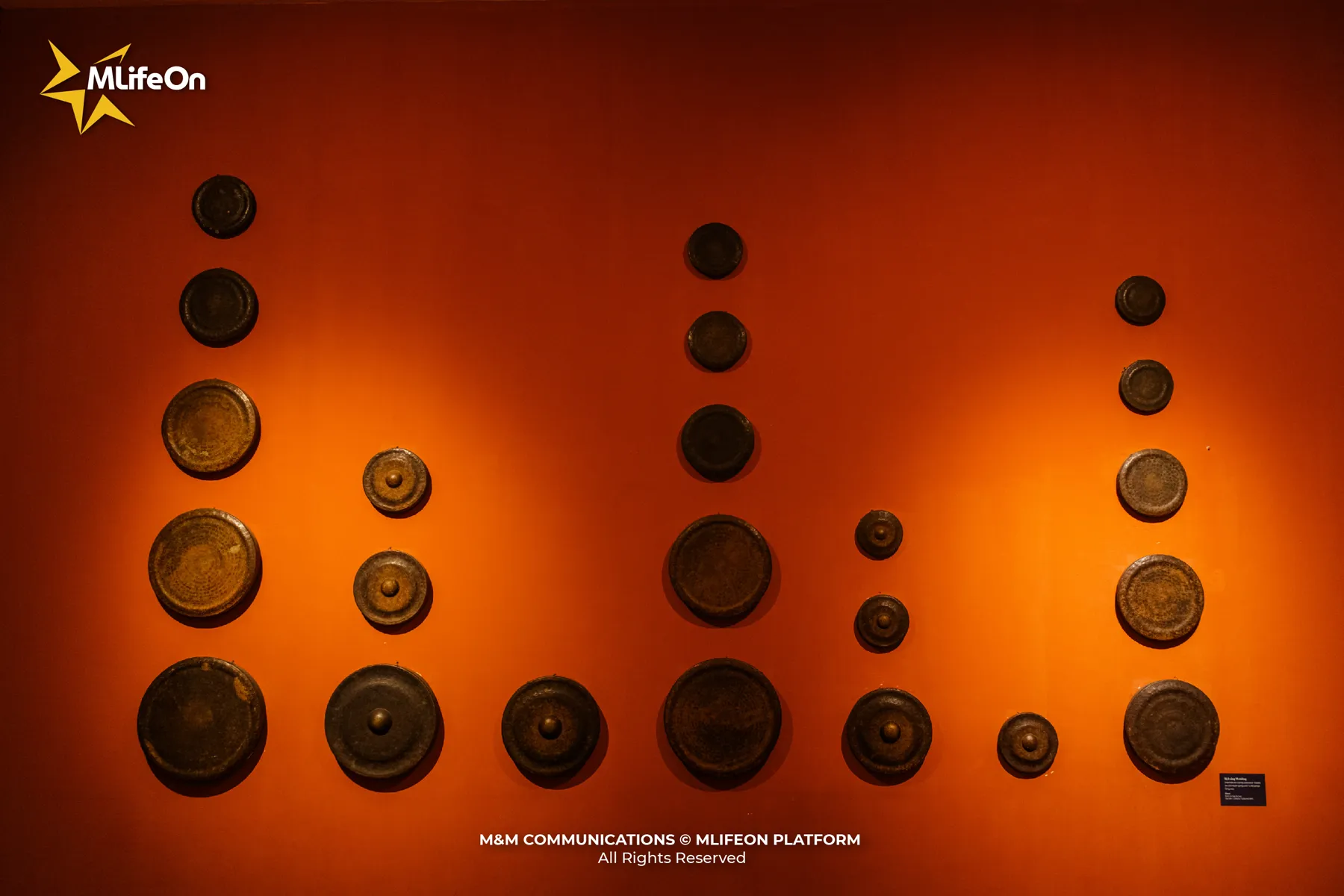
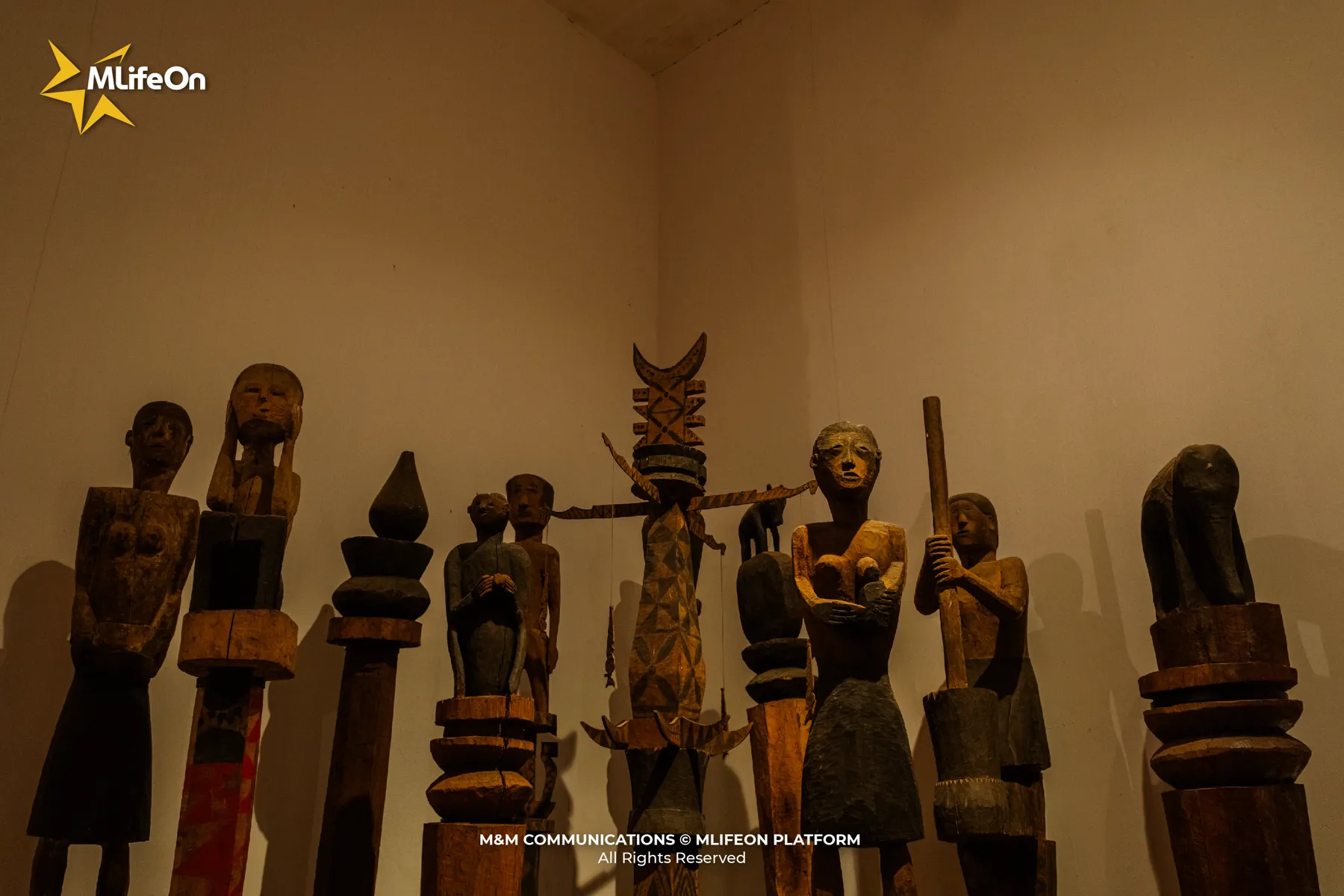
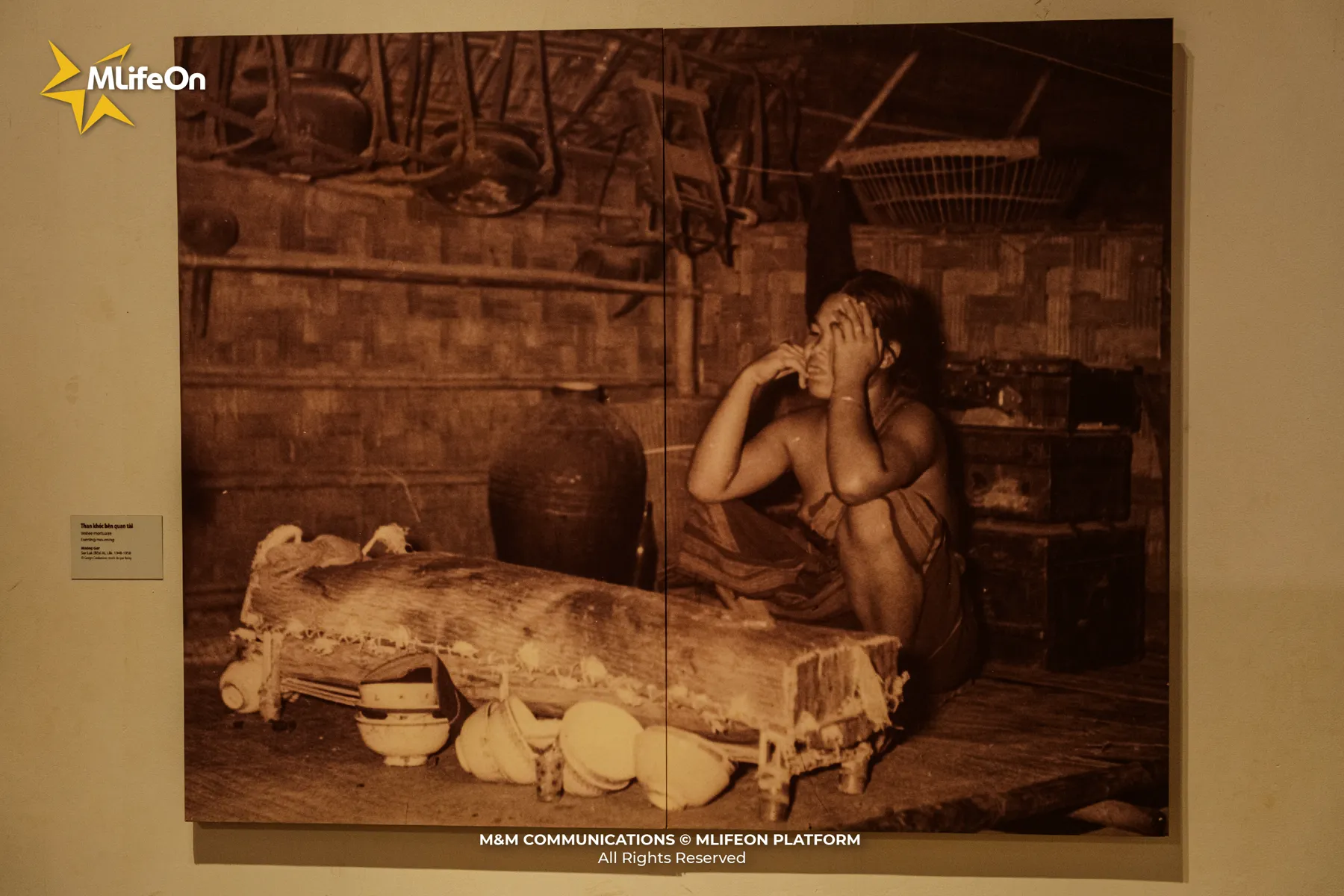
Each item here is not just an object, but a part of the soul of the community - where culture is not only seen, but also felt.
Historical Area
Located to the right of the museum, the historical area is 700m² wide with more than 400 artifacts, documents, films... recreating the historical flow of Dak Lak from prehistoric to modern times. From Dong Son bronze drums, Buon Ma Thuot Prison, to the Ho Chi Minh campaign model and the Vietnam - Cambodia border marker.
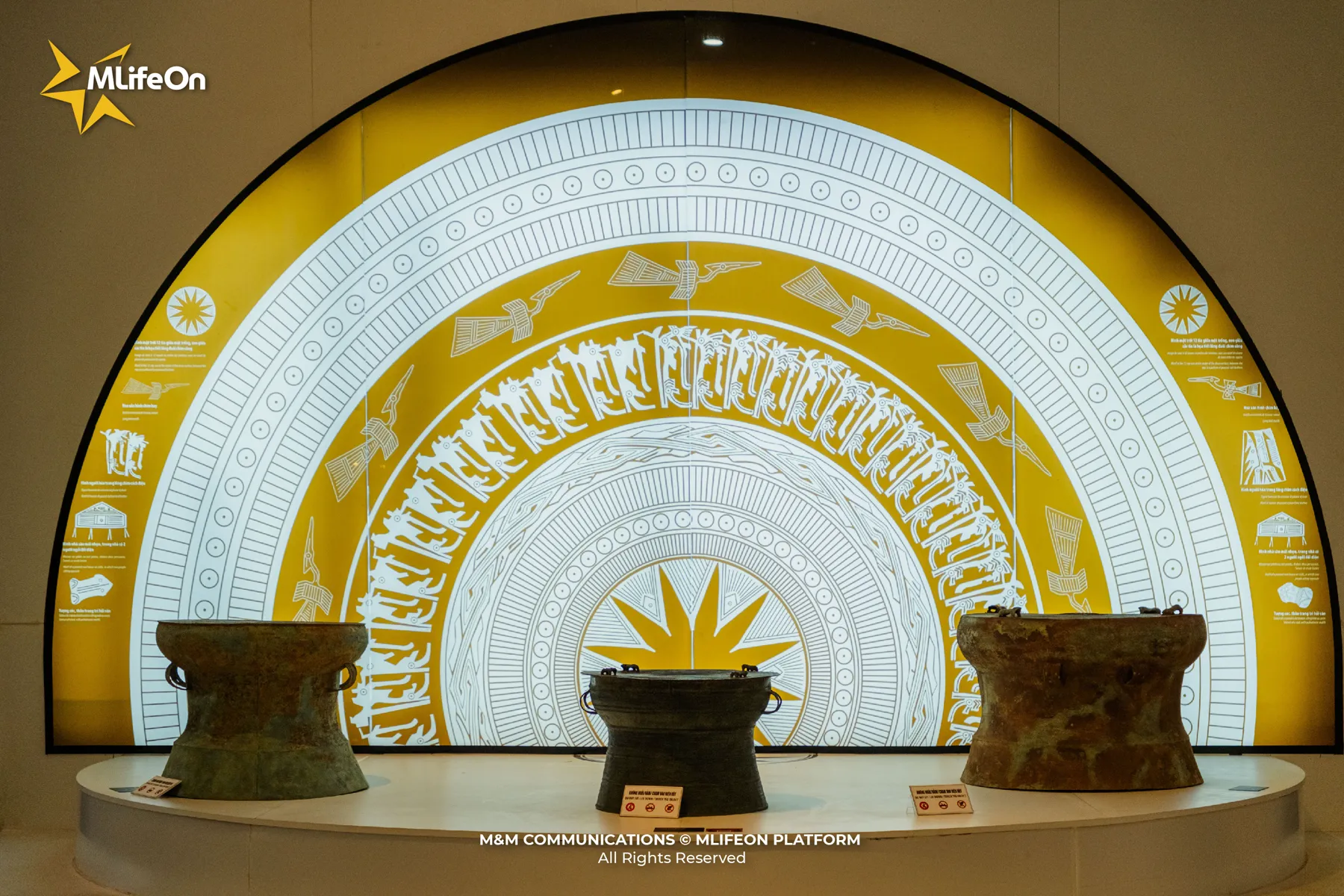
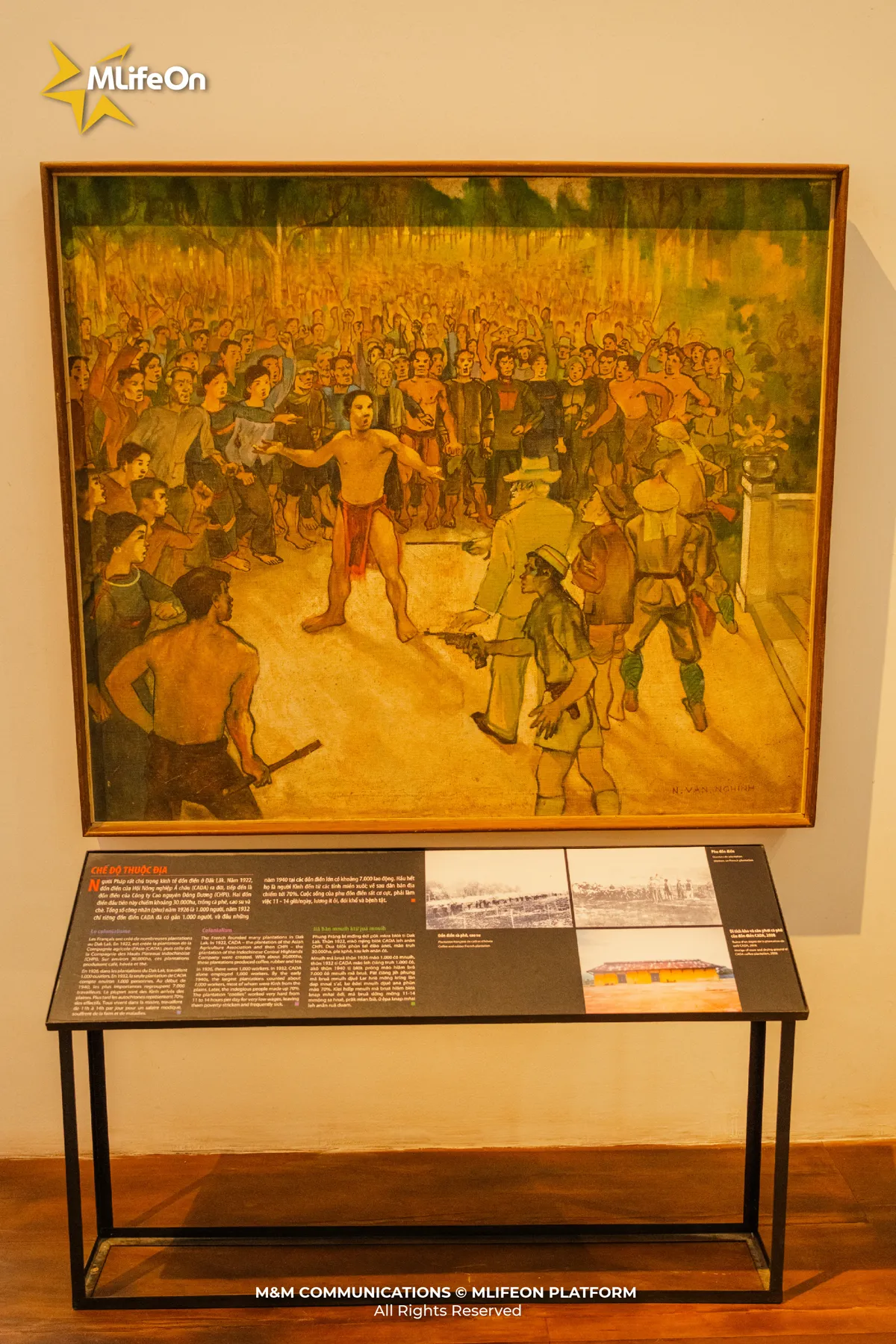
There are images that make me speechless. Not because of their beauty, but because of the truth they carry - slices of history that make us grateful to live in peacetime.
It can be said that Dak Lak Museum is not only a place to preserve artifacts, but also a place to connect cultures. As the first museum in Vietnam to use 4 languages in its displays: Vietnamese, French, English and Ede, this place has become an ideal destination for both domestic and international tourists.
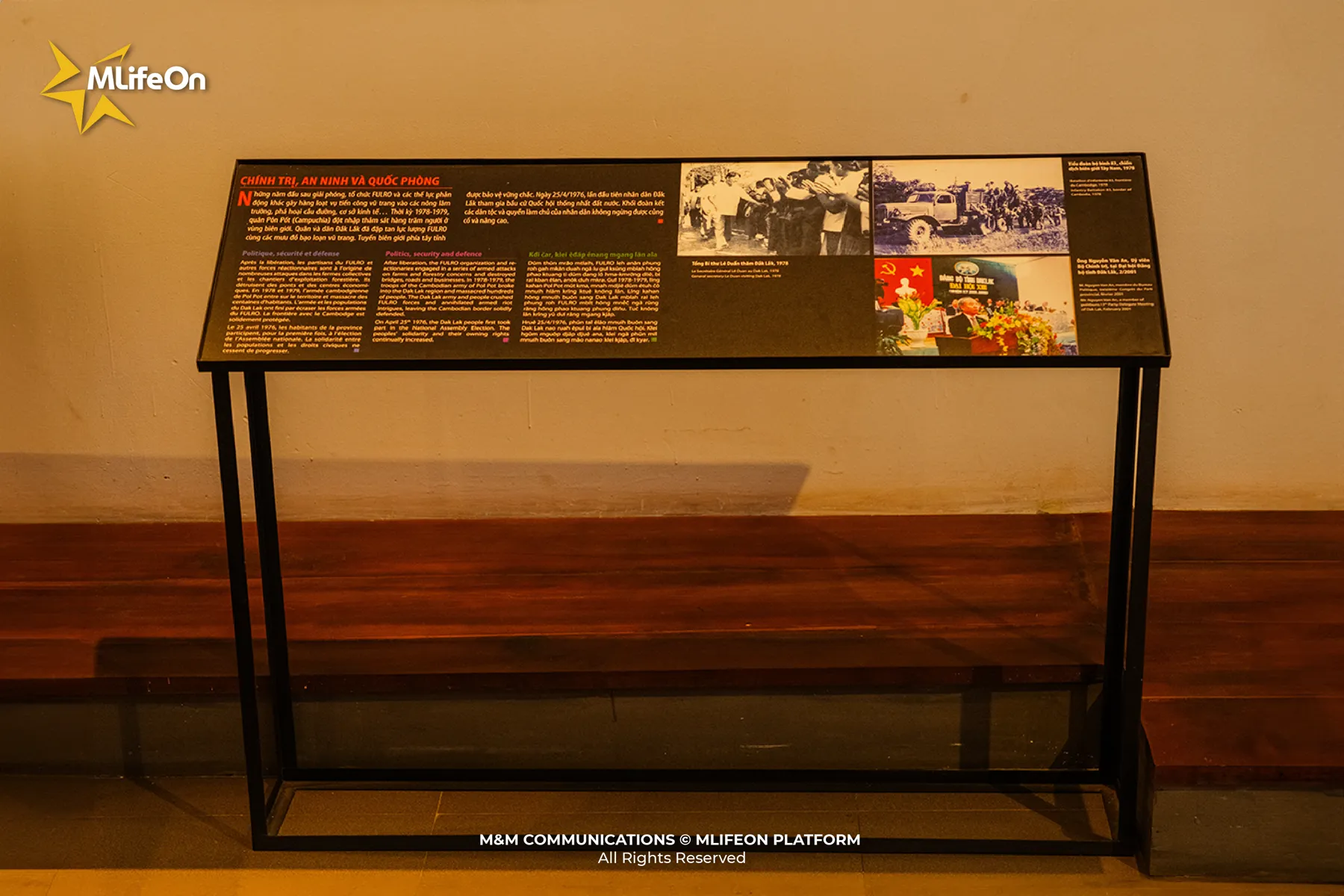
The notes are translated from Vietnamese into three languages: English, French and Ede.
Bao Dai Palace - a historical landmark in the museum grounds
Located in the grounds of Dak Lak Museum, Bao Dai Palace is an ancient architectural work bearing a strong historical mark, having witnessed many changes in the Central Highlands for more than a century.
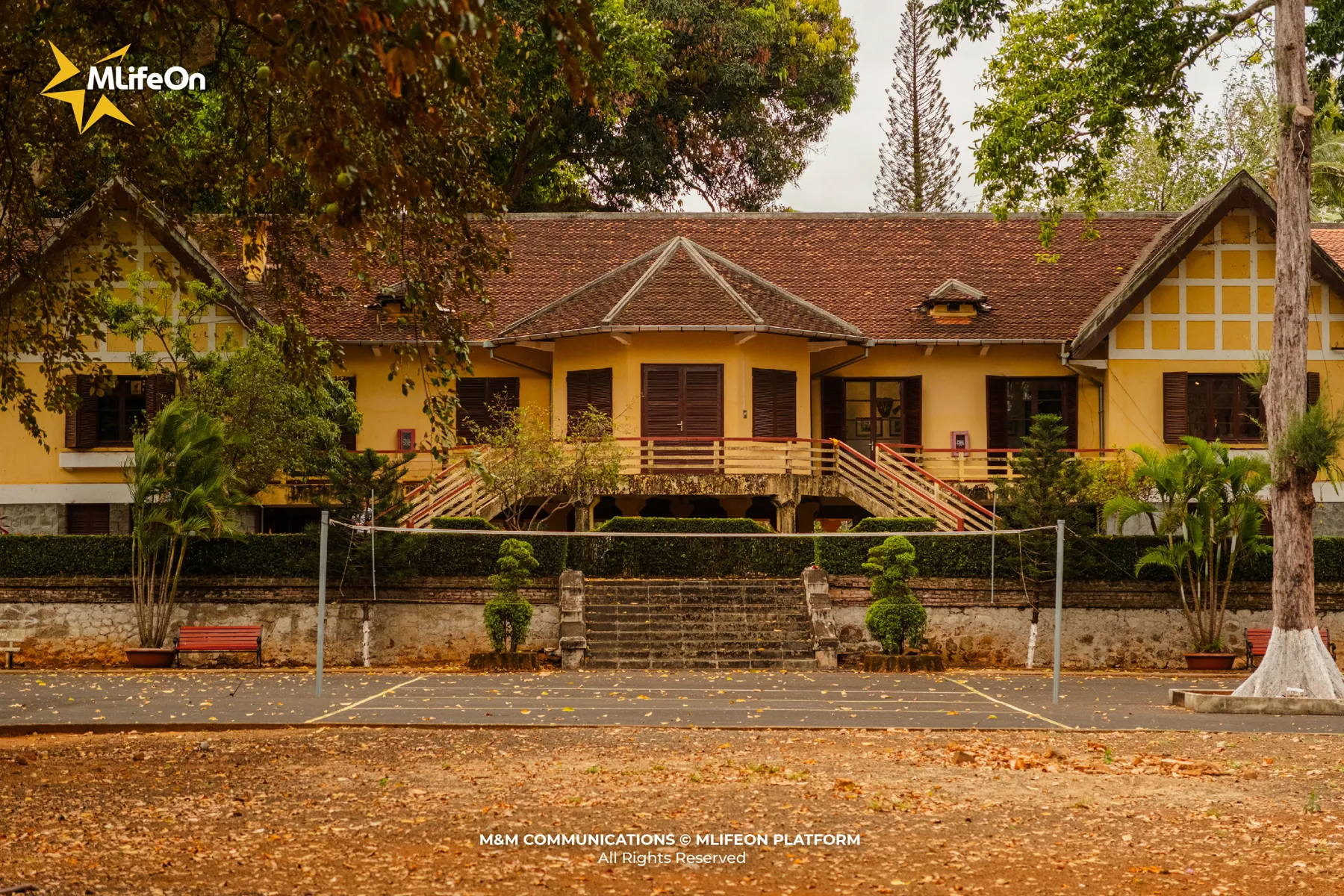
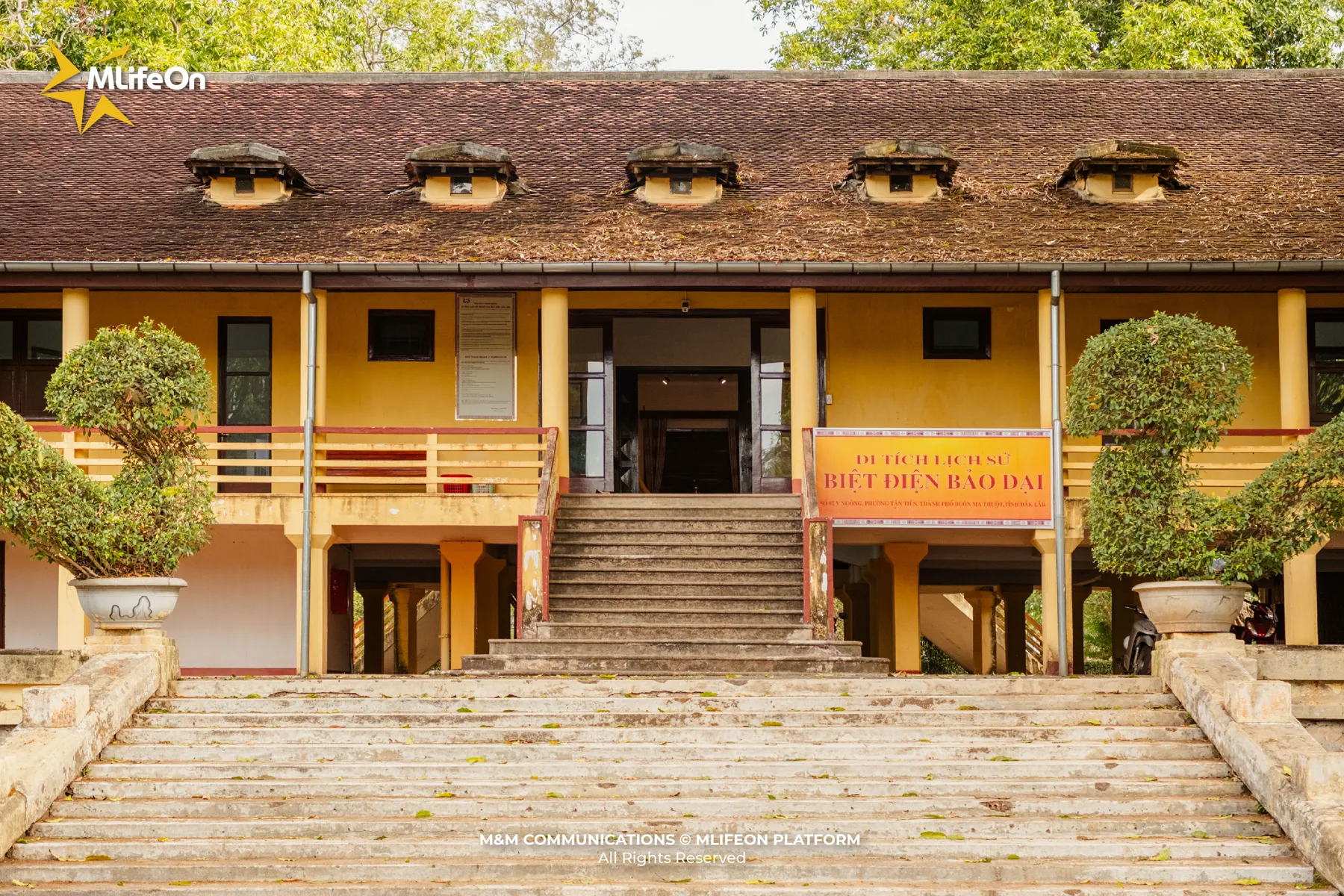
Before 1905, this area was the Maison Lefévre restaurant - a stopover for the French in Buon Ma Thuot. In 1914, Consul Sabatier chose this place to build the Dak Lak District Chief's Office, marking the first step in forming an important administrative center.
In 1926, Consul Paul Giran renovated and rebuilt the building with its current architecture. The building was called the Consulate, or "Sang Ae Prong" - meaning "Big Man's House" as the locals affectionately called it.
From November 1947 to May 1948, King Bao Dai (Vinh Thuy) returned to the country as Head of State and stayed here for nearly 8 months to work. During the period 1949 - 1954, he often returned at the beginning of the rainy season to rest and go hunting. Since then, the building has been known by its familiar name: Bao Dai Palace.
After the country's reunification in 1975, this building was used as the Dak Lak Provincial Party Committee Guest House, welcoming many high-ranking leaders of the Party and State during their working trips to the Central Highlands.
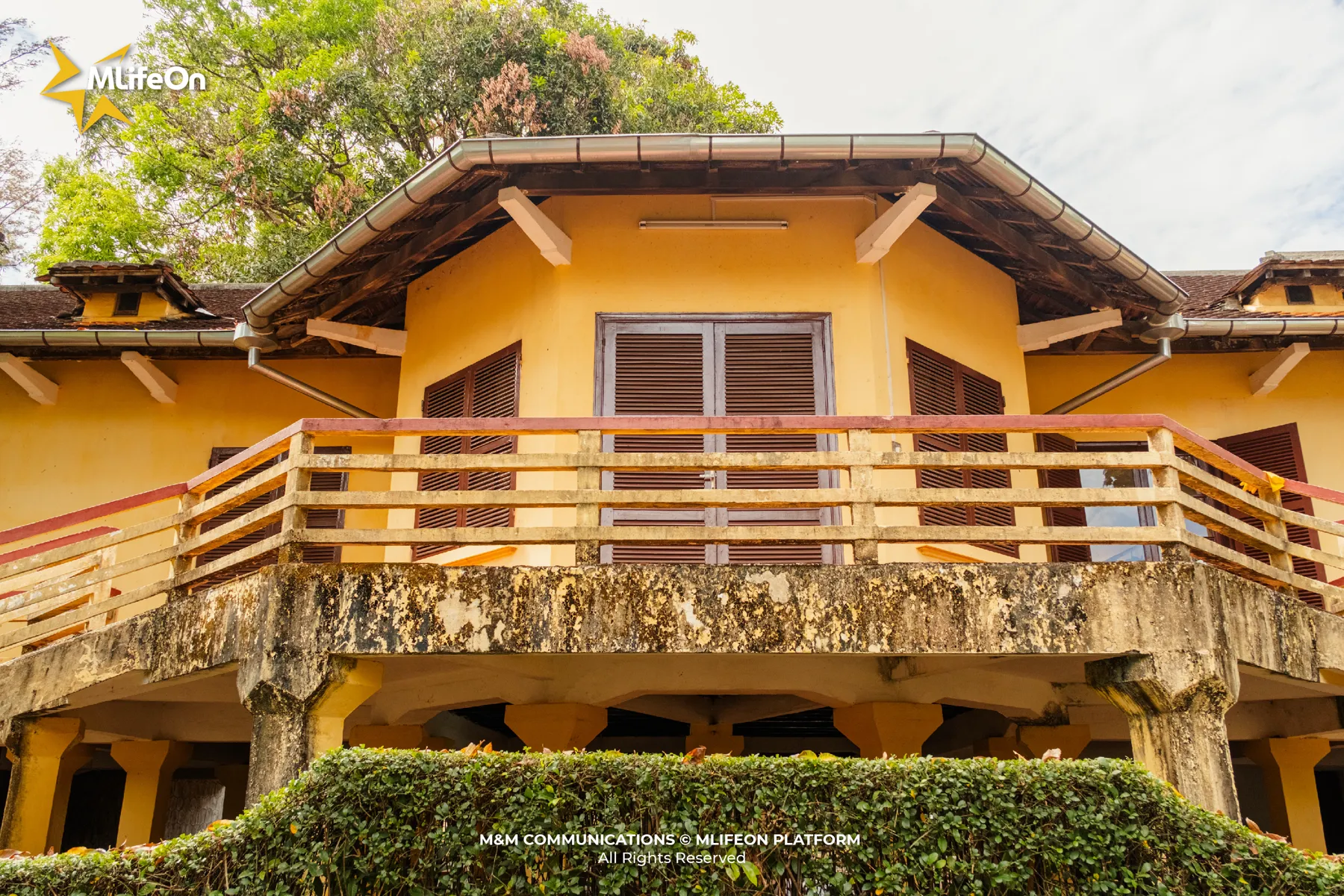
Conclusion
Dak Lak Museum is not just a place to see, but a place to understand - to understand the nature, the people, the history and culture of a special land. If you are looking for a destination that is both profound and emotional when visiting Buon Ma Thuot city, then this is the place you should visit.
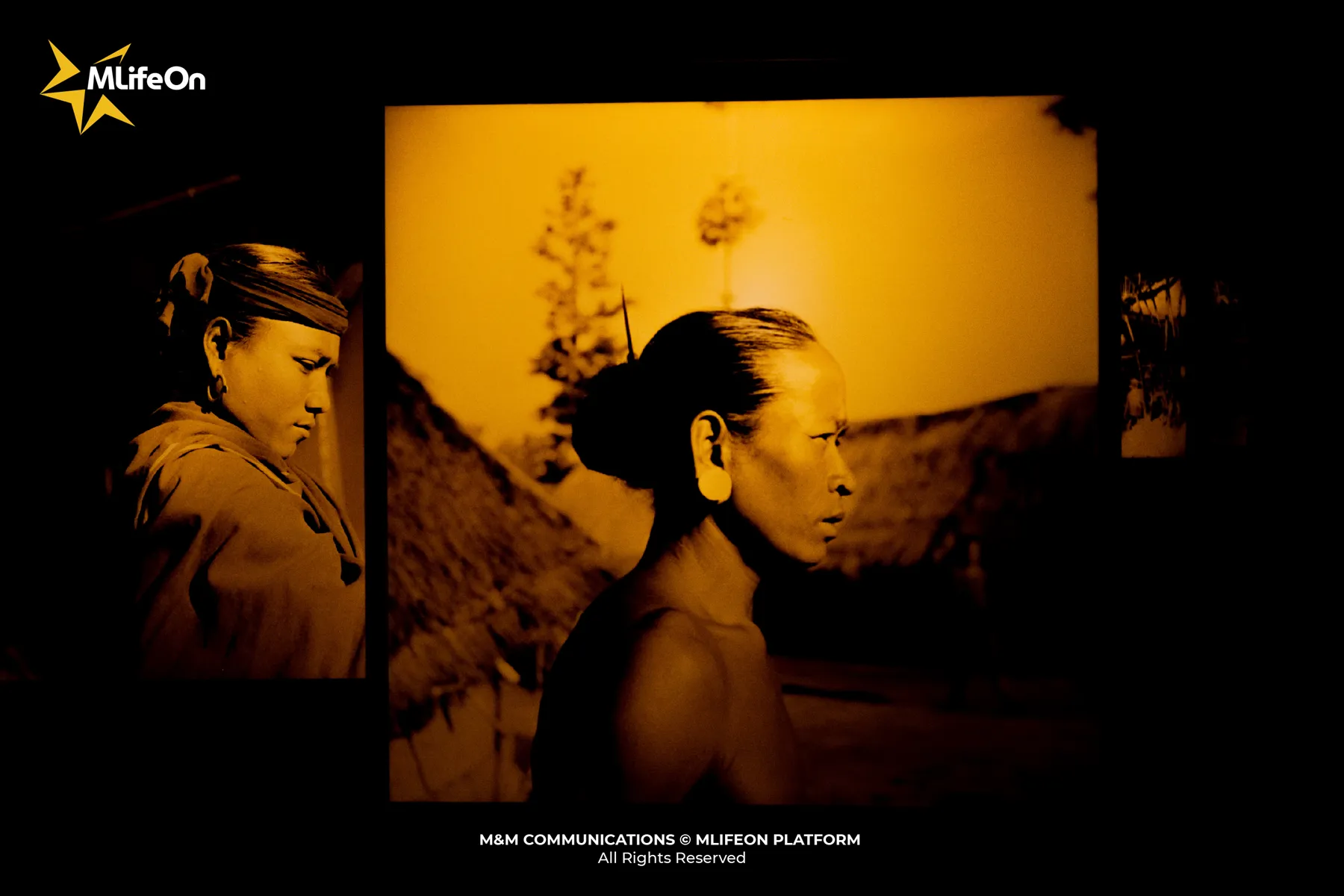
—----
CREDIT:
- Photography: Quan Tran
- Content: Giang Huynh
- Design: Trung Huynh





















